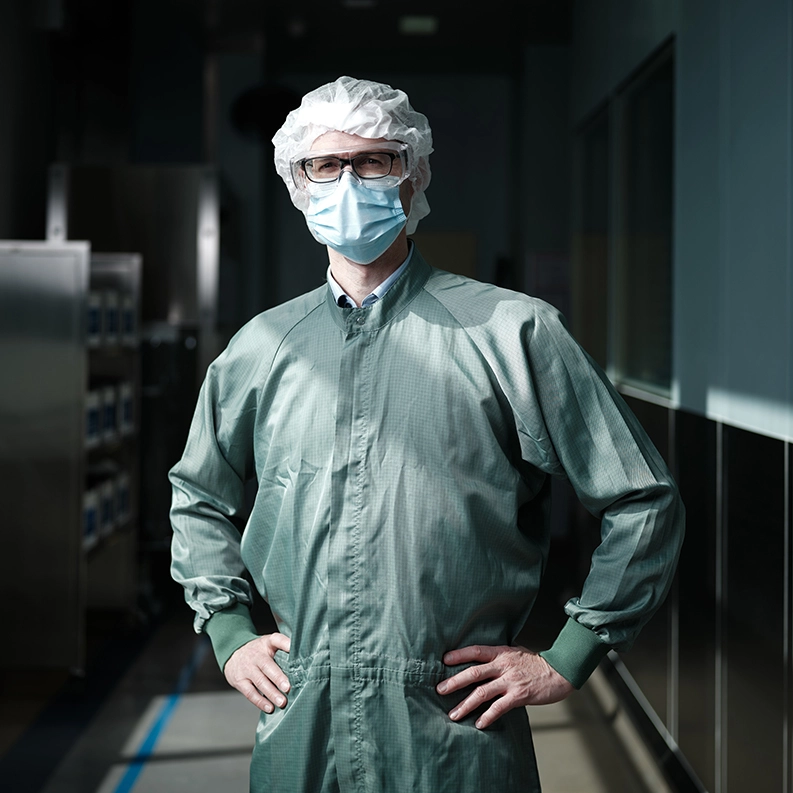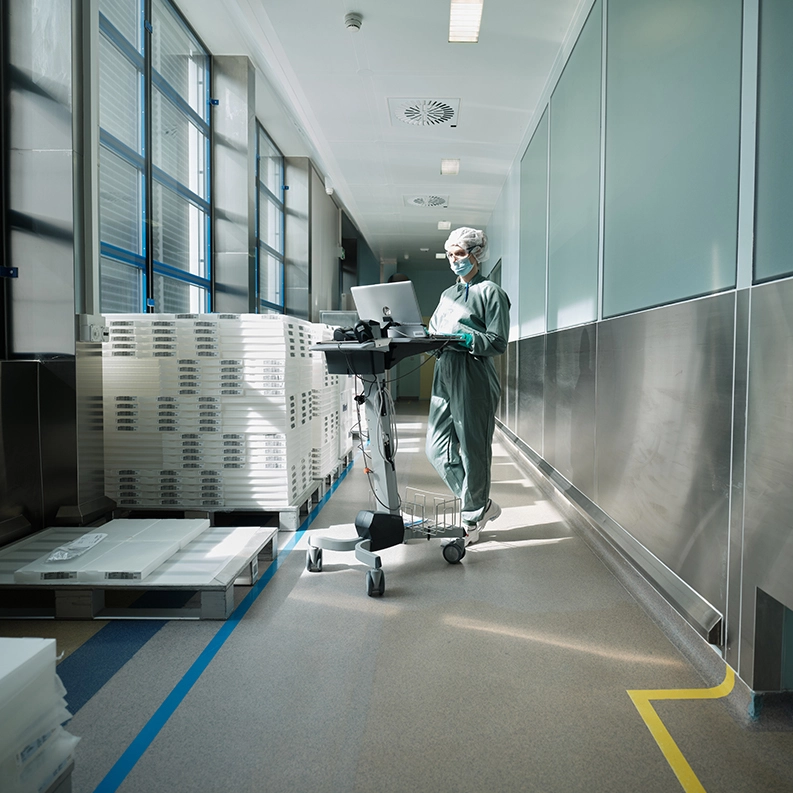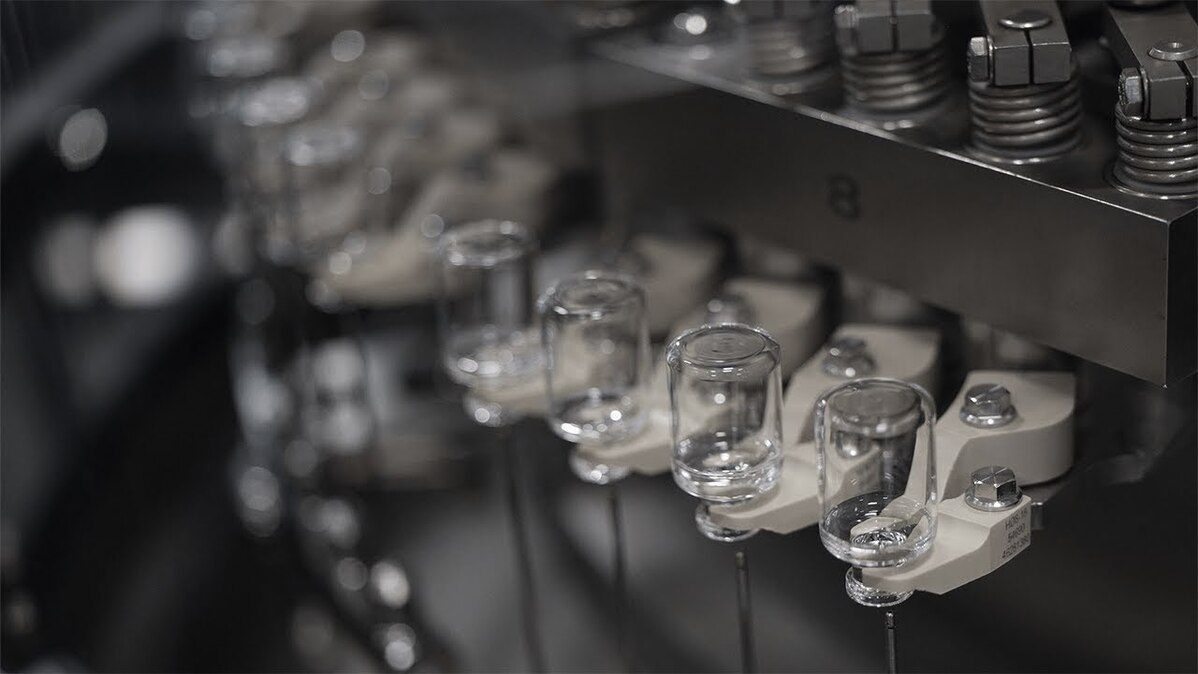With the approval of several COVID-19 vaccines, there is growing hope that the world might find a way to end the COVID-19 pandemic. Challenges remain – including a bottleneck in manufacturing that is making it hard for companies to meet demand.
In response, companies across the pharmaceutical industry are collaborating in new ways, including working together to manufacture vaccines as rapidly as possible.
Novartis, for instance, no longer has a vaccine business, but it does have one of the largest and most diverse manufacturing operations in the industry. So we are collaborating to help manufacture two different mRNA-based COVID-19 vaccines – the Pfizer-BioNTech vaccine and the CureVac vaccine – in our facilities.
“We are all working together with the vaccine developers to learn how to produce their vaccines rapidly,” says Joachim Momm, head of the Novartis manufacturing site in Stein, Switzerland, that will help produce Pfizer-BioNTech vaccine doses. “I hope we keep the collaborative spirit alive after the pandemic as well.”

Following are excerpts from a conversation with Momm about what it takes to help boost the global supply of vaccines.
What was your reaction when you heard this plan to help manufacture another company’s vaccine?
Cool! Just, cool. It’s great! If we do this right, we as a society will get one-step closer to a return to normal.

Why was the facility at Stein chosen for this project?
A team at Novartis looked across the company for opportunities to help with the pandemic. We came into the game because we were able to free up capacity on one of our filling lines and we had the know-how to do the work needed to produce vaccine doses.
What challenges did you face taking on this project?
The crisis is now. We need the doses as soon as possible, so we very quickly re-evaluated our plans as a whole and found a balance between meeting our patients’ needs for Novartis medicines and meeting the needs we see with the COVID-19 crisis.
What exactly will you be doing to produce the vaccines?
We’ll do sterile filling of the vaccine into vials. That’s the final manufacturing step. The magic behind what we do here is that we’re built to ensure that everything we produce is sterile and free of contaminants. Getting it exactly right takes a lot of experience, training and the right equipment.
Our manufacturing lines consist of a series of machines that wash and dry vials, fill them precisely and seal them to produce the final product. We also have a large staff of professionals who have experience doing this work for many of the injectable medicines Novartis produces.
 VIDEO
VIDEO
1.5 years. That’s how long it usually takes to ramp up manufacturing of a medicine. Our team squeezed the process into months and is now delivering doses of the Pfizer-BioNTech COVID-19 vaccine. Companies are collaborating in new ways to help end the pandemic.
What are the challenges involved?
I've brought several new projects into the site myself in the past and have good insights as to what it means to transfer the technology for producing a medicine into a facility like Stein. It usually takes 1.5 years to ramp up.
We're squeezing that into months, and instead of working with our internal colleagues and familiar procedures, we're collaborating with a partner company. This makes it interesting and very challenging to figure out how to work together. We’ve had to learn from each other and adapt along the way.
What have you learned from the experience?
This endeavor has required a lot of flexibility and agility from our team. We're not done yet, but being part of it and seeing people grow and evolve, that's something I'll take with me.
The experience has also challenged my way of thinking. We sometimes get stuck in a single way of working, but there are often other ways to achieve things. We can sometimes dare to do things differently.
 VIDEO
VIDEO
Read about how Novartis has joined the effort to meet the global demand for COVID-19 vaccines.



